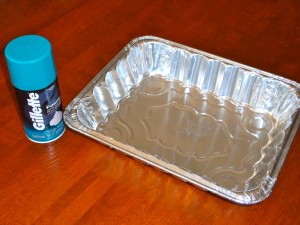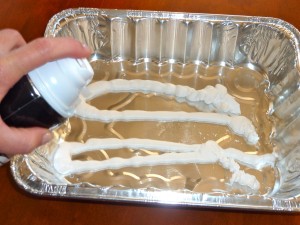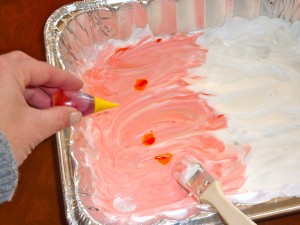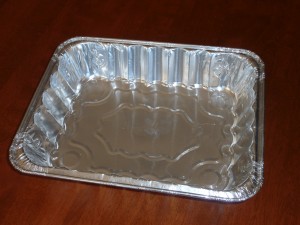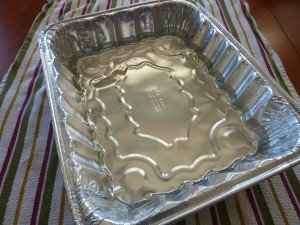Last year I was wandering the aisles of Michaels Arts and Crafts store, looking for things to incorporate into My Obstacle Course. Â Since it was December, the store was filled with lots of items symbolic of the holiday season, just like it is now. Â During the next few weeks I’ll share what I discovered and how I have used it.
Jingle Bell, Jingle Bell, Jingle All the Way! Â Oh What Fun It is to…
Pattern Jingle Bells!
One thing I found and was quite excited about using was a package of jingle bells. Â Now it might just be me, but these days when I find something like this my mind starts racing excitedly about how I could use it to help my son.
In the package that I found, there were red, green and gold jingle bells (I was just there today and found a package with silver and blue.). Â Immediately I thought about patterning. Â When I got them home and looked more carefully, I noticed that they each had a loop on the top, obviously for stringing. Â My son did not like the usual lacing pieces I had purchased to work on this skill with him, but something sparkly and noisy might just get his attention (and it did!!).
If at first they don’t succeed, try something different!
I knew from previous attempts that stringing with a loose lace was fairly challenging for him so I decided to use pipe cleaner, which has the same result but provides some structure for fingers just learning how to push and pull things through for stringing.

How to make  Jingle Bell Patterns using a pipe cleaner:






Whenever I introduce a new concept like patterning (“What comes next?”), I like to provide a model for him to follow (“Make the same”) so he can associate what the direction means with what the outcome is supposed to be. Â I figure he’s no different from me in that when I am trying a new recipe, I like to have an idea of what it should look like when it’s finished!





